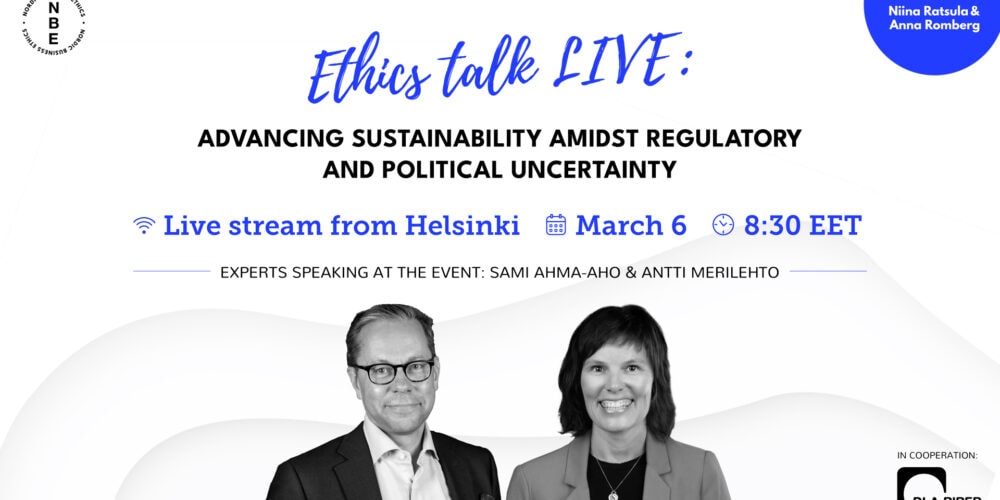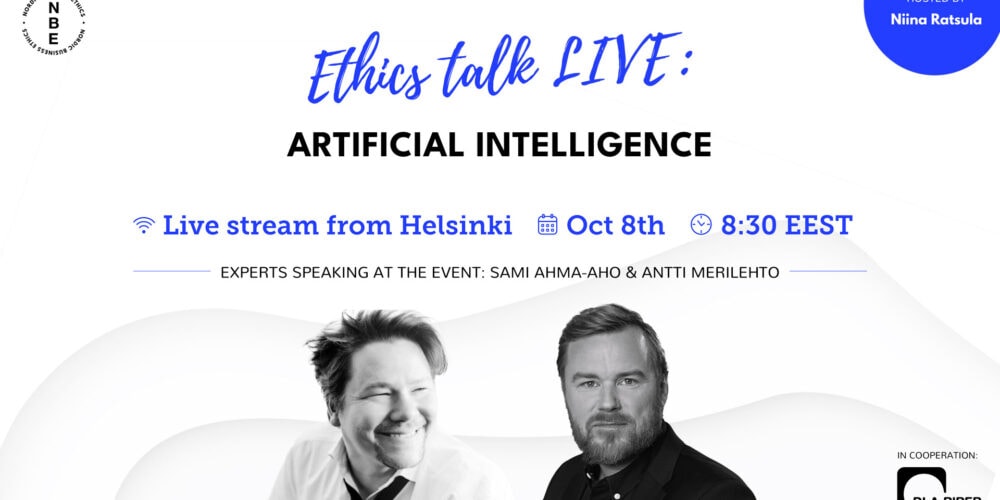What ESG can learn from compliance?
ESG is all over the media and you cannot avoid bumping into the acronym, no matter where you go. Jakob Ravnborg from Frank Partners has been advising private equity firms on ESG matters for the last five years. He shared his thoughts with Anna (and you all) about ESG’s connection to compliance. If you prefer listening, you can access the podcast here.
ESG turns mainstream
ESG was born from investors’ desire to know more about companies than what the balance sheet gave out. Today’s ESG is the result of many initiatives and reporting frameworks, that have turned itself into structure that companies can use to address elements that are important to the society, climate, and the rule of law. Environmental scandals and human rights issues not only impact the value of the company, but also spark an interest in other groups, than just potential investors. This is how ESG has become a common term used also by the people who have nothing to do with investing itself.
M&A due diligence bridges ESG and compliance
A thorough M&A due diligence process has covered non-financial aspects for a long time, but through the development of ESG, it is no more an optional part. Earlier, investment memorandums were focused on operations, finances and results, whereas now there is a clear need for ESG data. Jakob has noticed that “people see it as a value add and that you need to do something about it.” A good M&A due diligence check investigates for example frameworks, policies, code of conduct, training, escalation processes and whistleblowing hotlines. Effort is also put into finding out are policies implemented, as it has a straight link to ethics&compliance resources through training. Anna stresses the importance of ESG due diligence through the DOJ guidance, which says that “how companies manage their M&A process is very reflective of how mature their ethics&compliance programme is.” ESG may be accused of being aloof and dreamy, but a credible ESG program is a big value add as companies acquire legacy third parties, suppliers, and production. Buying a pig in a poke, is a risk to the acquirer’s valuation and reputation.
ESG’s future
To be taken seriously, ESG needs facts and figures. Companies need to go through the trouble of mapping out the parameters that are quantifiable. Jakob reminds that, “do it well, if you are going to do it“. Many companies do not have the infrastructure for credible ESG data yet, but finding quantifiable parameters for carbon footprint and emissions, like electricity consumption and business travel, should already be business as usual. Through this ESG contributes to real improvements in the world, and not only satisfied investors.
The G in ESG creates a straight link to compliance and even though sustainability is in the heart of compliance, the owner of ESG should be the CEO. Anna states that, “in the world that we live in, ESG is highly strategic topic“. Apart from the G, structure and rigour come naturally to compliance and ESG needs practical and pragmatic steps to succeed in bringing tangible results. Investors look down upon on greenwashing and thus it is great that compliance personnel are suspicious, know how to ask questions, used to training people and implementing processes. It could be argued that ESG needs a little compliance.



